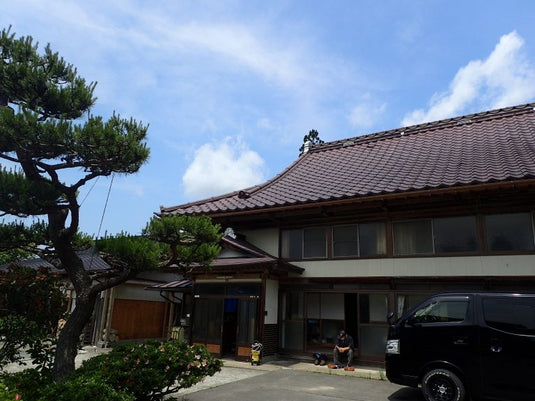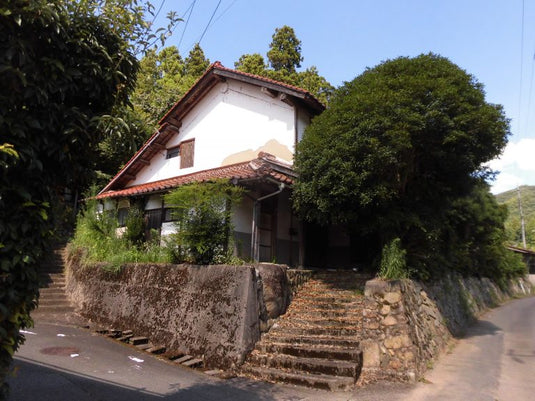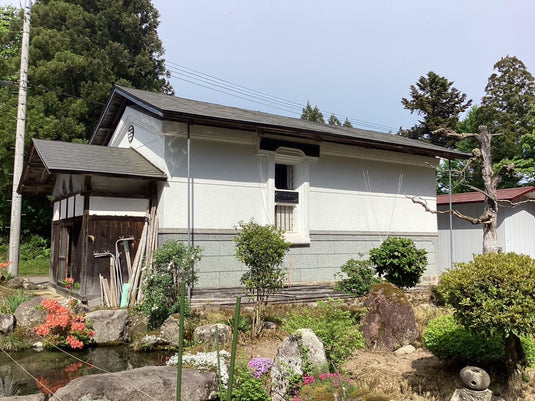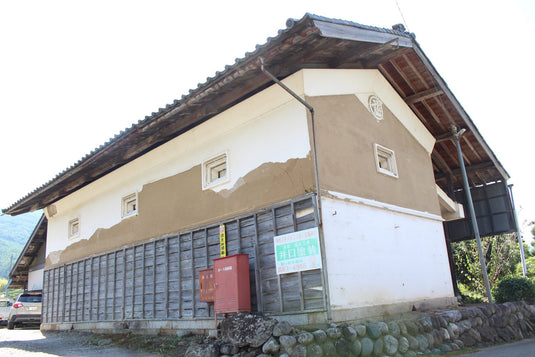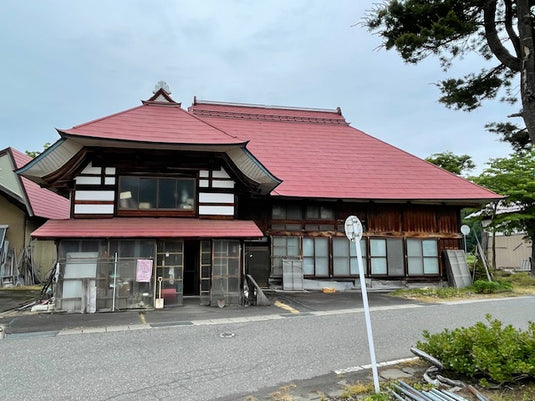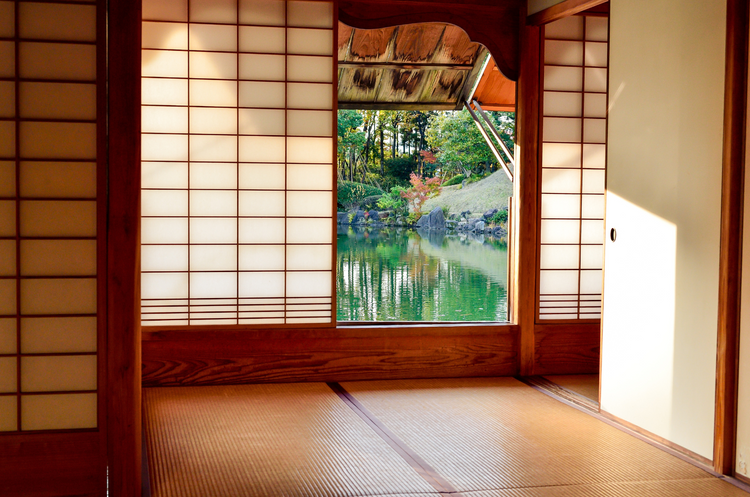
-
Kominka Bank
- Your Bridge to Japanese Traditional Homes
About This Property
This property is registered with the Japan Kominka Recovery Association. The information presented here has been collected and registered by the association after conducting on-site surveys of houses offered by owners who wish to give away their traditional houses. While the building itself is provided free of charge, the costs of dismantling, relocating, renovating, and other related expenses must be borne by the acquirer. Additionally, if land acquisition is necessary, separate costs will be incurred.
*Note: Kominka Bank provides information about traditional houses (building information only) with the assumption of relocation and restoration. If the property owner is also considering selling the land, it will be indicated as "Land sale possible" in the description.
NANIKOKO's Kominka Bank Service
NANIKOKO's Kominka Bank helps international clients acquire traditional Japanese houses by providing free property information, property viewing by proxy, and purchase support services that overcome language barriers. For more details, please visit the "About Kominka Bank" page.



